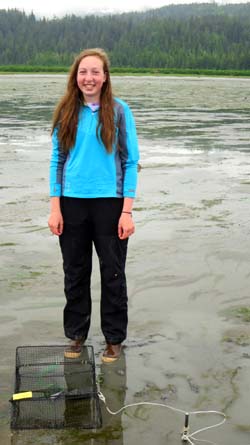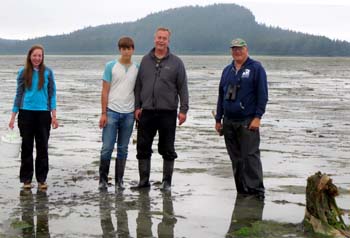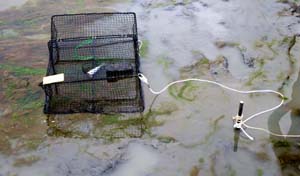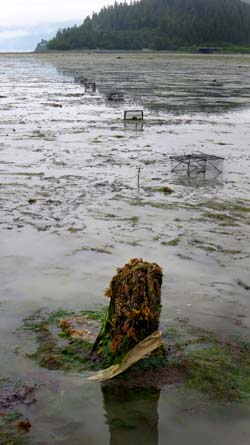
With support from the council, a network of citizens monitor our region for invasive species, particularly European green crab and tunicates. This program was initiated by the council in 2000, and has evolved into a self-sustaining grassroots system. Many communities such as Homer and Seward now run their own operations through local science centers. The council supports participation in some of the smaller communities.
The council is particularly concerned about the European green crab. This crab, known to travel in the ballast water of ships at seas, is an efficient and voracious predator that has invaded the West Coast from San Francisco to Vancouver Island. It is feared that the green crab will find its way to Alaska waters. Fortunately, no green crabs were captured in the communities of Chenega, Seward, Homer, Kodiak or Valdez in 2012.
All photos by Janice Banta.


